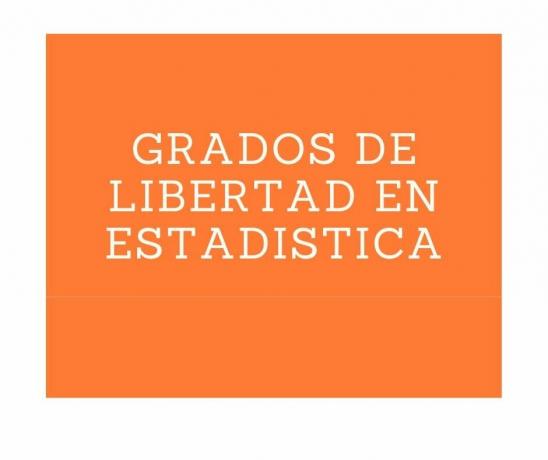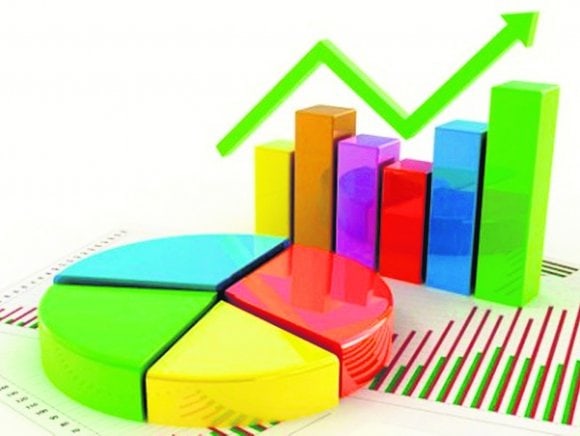The world of statistics and the odds many gears move, especially within the financial machinery related to investments in the market, studies to determine the impact of a certain product on a certain community and a way of obtaining information about a certain group or segment of the community dough.
Within statistical science there are several ramifications, of which the Descriptive statistics is one of them (within all the statistics classification), and has its own area of study related to data description obtained from a certain sample, but to know a more accurate definition, we will now know its characteristics and some definitions.
Advertisements
In this article you will find:
What is descriptive statistics?
It is worth starting by clarifying that Descriptive statistics is a branch of the math, with which a certain set such as age, sex, height or any other data of a certain segment of the mass is characterized and described. For this, the variables must be known, which can be qualitative or quantitative.
Qualitative variables
They are also known as categorical variables and are those that cannot be measured numerically and are part of it characteristics such as the sex or nationality of a specific group of people on whom some type of study.
Advertisements
Quantitative variable
These variables are related to those data that can be counted or quantified such as age, annual income and the price of a certain product in the market, all very important characteristics for a statistical study.
Classification of variables
Variables can also be classified according to various criteria and may be subject to change depending on the object of study, which may be a institution, a segment of the population or objects, in this way there are many classifications of the variables, among which the following.
Advertisements
One-dimensional
They gather data and information about a specific characteristic, it can be the age of a group of people, a classroom or anyone who be the object of study, for a variable to be one-dimensional this is fundamental, that is, one-dimensional is related to a single characteristic.
Two-dimensional variables
Easily definable through the name, this classification refers to a type of variable that takes 2 characteristics or data from the population or object of study. These data generally have some relationship depending on the information that you want to collect, it can be weight and age, height and sex in order to obtain specific statistical data.
Advertisements
Multidimensional variables
If the study requires it, several data can be used to form the statistical studies, all this depends on the information that is wanted obtain and the nature of the study, that is, these data can be weight, sex and age of the workers of a certain company or institution.
Discrete variables
This is a classification that corresponds to quantitative variables and are those in which integer values are used unlike other data such as the height that could be 1,60. These variables are, for example, age, or the number of siblings.
Advertisements
Continuous variables
The data of these variables are obtained from the real numbers with a variable, that is, when a number or data can approach or round as when we talk about the speed at which a car was moving 65, 5 km / h or any distance 45.8 meters.

Concepts and elements within descriptive statistics
To perform a descriptive statistical study It is necessary to know the variables, but also certain elements that will allow you to carry out the study in a complete way, fundamental in any scientific study.
The individual
It is related to the phenomenon you are studying, that is, if we study the height of the workers in a shoe factory, these workers are the individuals. The term individual also refers to what cannot be divided and in statistics the best way to define it is as each of the elements that make up the population.
Population
The population, although it may sound obvious, is the set of individuals, that is, several individuals form a population, if the study statistical is carried out on a company, a classroom or a university, this will be the population and each of them an individual of the statistics.
Not necessarily the elements of a population must be people, generally we relate population of this form, but in statistics, objects and other elements can be part of the population with respect to the study.
Show
When descriptive statistics refer to the sample, they refer to a segment of the population, that is, within the classroom that would be the population how many are women, the sample is defined as the subset of individuals of a population.
As you can see, these are some concepts that make it possible to show defined information about a set of data that, as we saw, can represent a population or just be a sample of them.
From the descriptive statistics it follows:
- Measures of central tendency
- Arithmetic average
- Median
- fashion
At the same time, there are also measures of dispersion, which are statistical concepts that reflect how some data departs from the arithmetic mean. Within it there are concepts such as the range, which indicates how certain factors are dispersed and the way to calculate the range is through the subtraction of the highest and the lowest value of the variable.
What is the standard or standard deviation?
It is a measure of dispersion used in the Descriptive statistics which helps to indicate how scattered the data is with respect to the mean.
To know in depth and detail much more is necessary than the measures corresponding to the so-called central tendency, in order to be able to describe them in a correct way, which is the ultimate goal of this branch of mathematics known as descriptive statistics, which as we have seen Many times it relies on tables and graphs to show in an understandable way some of this data that can be difficult to understand in its form mathematics. You can see more here: https://www.webyempresas.com/desviacion-estandar-o-tipica/


